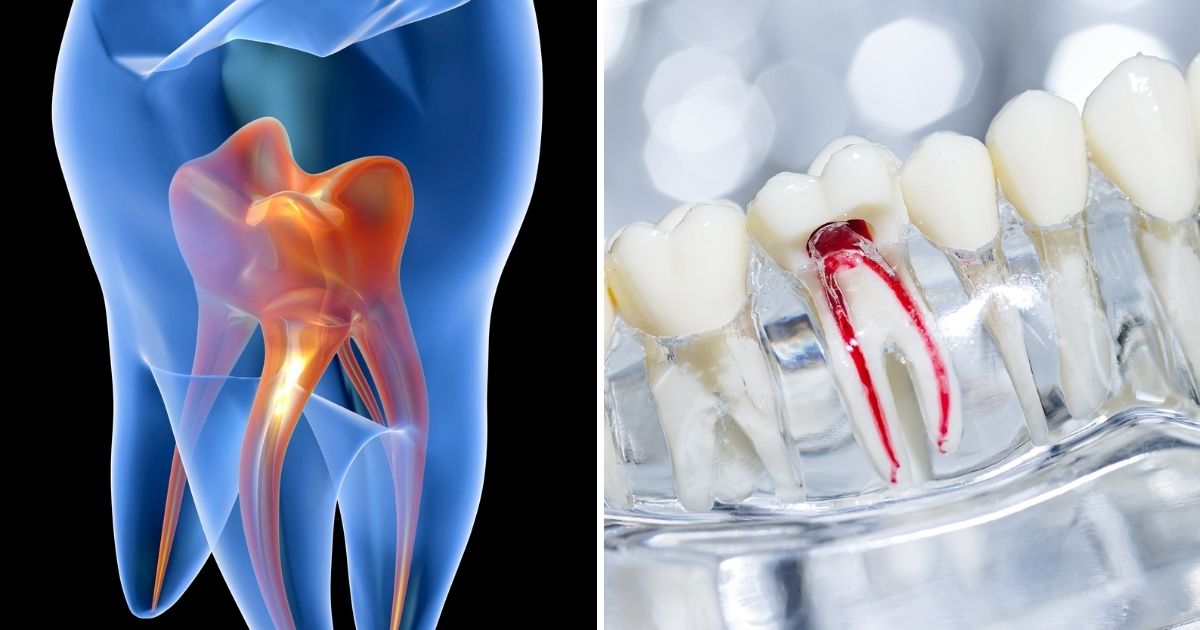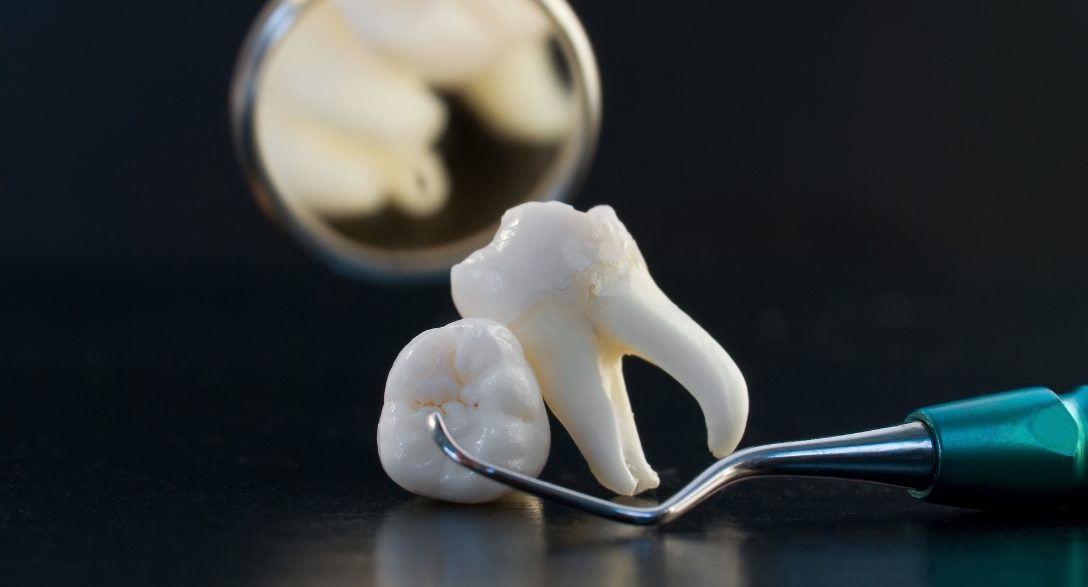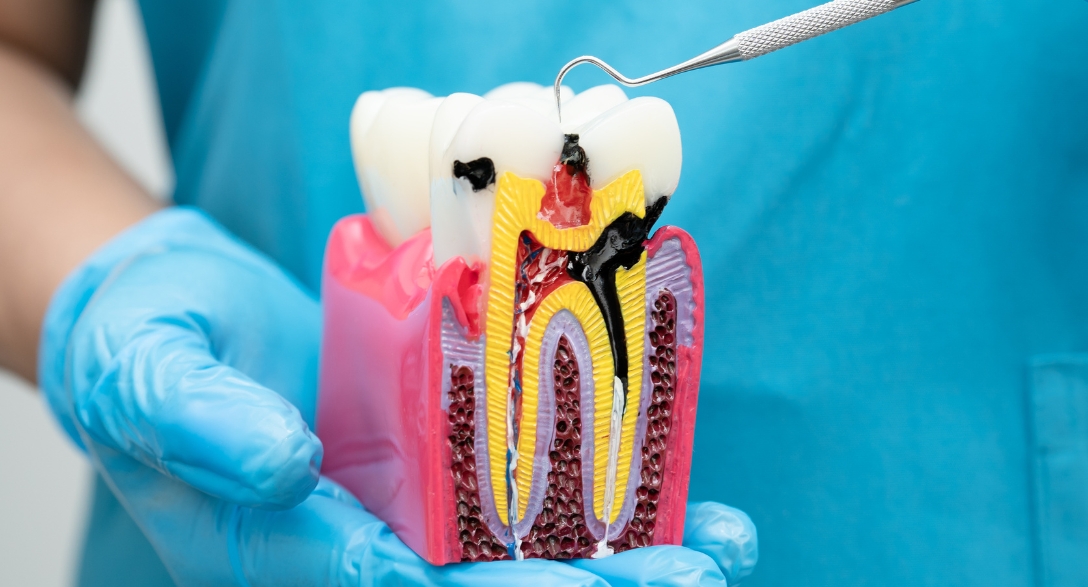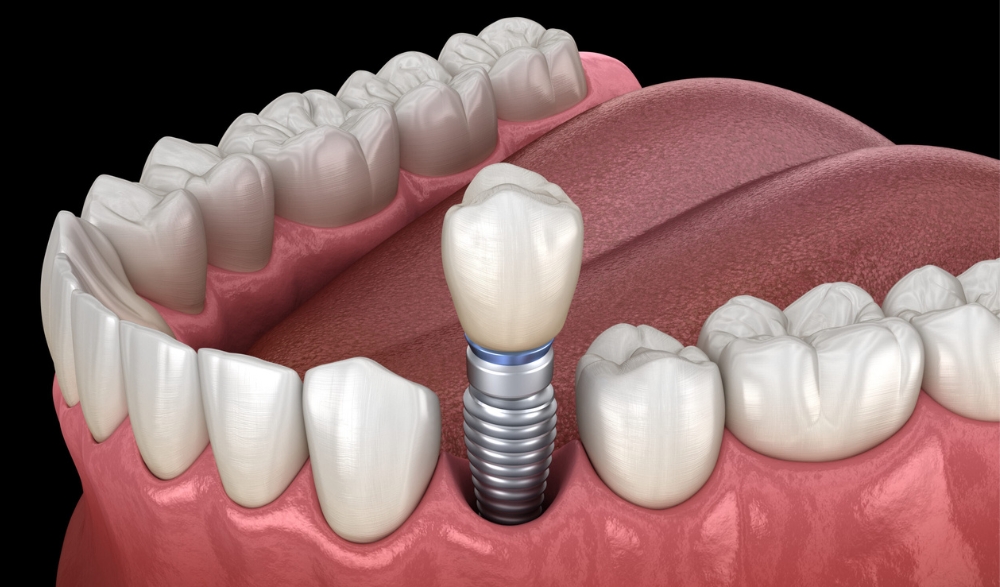Call Us Today 817-737-7668

Vital pulp therapy and root canal are both common dental procedures. Dentists conduct them to treat teeth with compromised dental pulp or damaged tooth without the full excavation or removal of all healthy pulp tissues.
Now, some questions can poke into your mind: What are the clear signs of each treatment? Which treatment is right for you? This guide will let you know the differences between these two procedures. It will help you understand which treatment is right for you.
Comparison Between Vital Pulp Therapy and Root Canal Treatment
The disparity between vital pulp therapy and root canal procedures lies fundamentally in their approaches to mitigating oral pulp problems. Vital pulp therapy operates on the principle of preserving the vitality and health of the oral pulp to address concerns at their early stages.
It aims to address problems while retaining the integrity and functionality of the original tooth structure. Primarily, this treatment targets cases where there is infection or inflammation in the pulp, yet the pulp remains salvageable and viable.
Here, dentists employ techniques such as partial pulpotomy or pulp capping. They focus on reducing the pulp while easing its recovery and restoration.
Root canals Burleson, on the other hand, is a more extensive and definitive process. The goal of this procedure is to manage advanced cases of pulp infection or damage. The method consists of the meticulous removal of inflamed or infected pulp tissue from within the tooth’s interior.
The inner canals are meticulously cleansed, disinfected, and shaped to eliminate any remnants of debris or infection after the extraction of compromised pulp. Then, the empty space is filled and sealed to prevent the possibility of further infection.
Generally, dentists recommend this treatment when the oral pulp is irreversibly infected or damaged and needs more invasive measures to mitigate the underlying issue and prevent its progression.
In essence, both these procedures solve issues regarding the oral pulp. However, their divergent paths lie in their scope and intent. Vital pulp therapy focuses on maintaining the function and health of the pulp, often at the initial phases of pulp problems. Simultaneously, root canals intervene in more advanced cases. Dentists conduct root canals to remove the compromised pulp. This treatment reduces severe infection or damage and ultimately helps preserve the tooth.
Symptoms of Vital Pulp Therapy
- Discomfort while biting down
- Sensitivity to cold or hot substances
- Intermittent pain.
Symptoms of Root Canals
- Swelling around the affected area
- Intense and persistent pain
- Sensitivity to touch might signify advanced pulp damage.
Which Treatment Is Right for You?
Making the right choice between these two procedures can be difficult for you. This is because it needs careful consideration and professional evaluation. Here comes the role of a professional endodontist. They can significantly help conduct a comprehensive assessment to understand which treatment is the right for you.
Here are the several factors dental professionals consider.
- Extent of damage within the dental pulp
- Severity of symptoms undergone
- Overall health condition of the affected tooth.
These are important factors that shape the suggestion for the most suitable treatment. These factors serve as guiding lights when it comes to determining the best course of action customized to mitigate your particular dental needs.
You can talk to our dentists to understand which treatment you need. Assessing your dental health, they can guide you to the best for sure.





